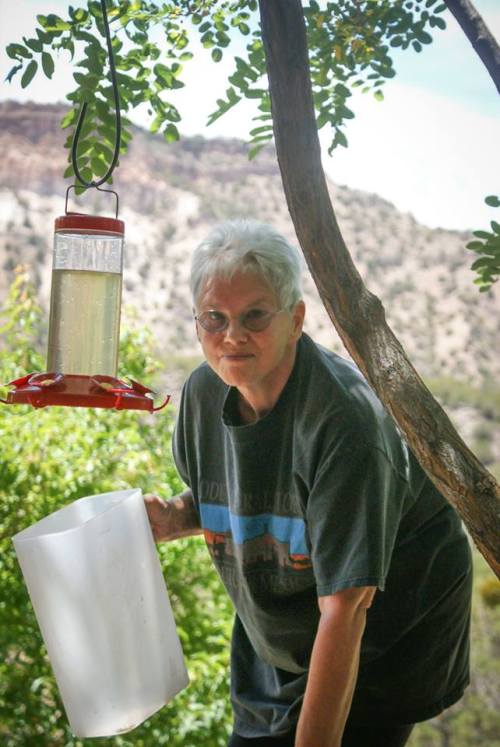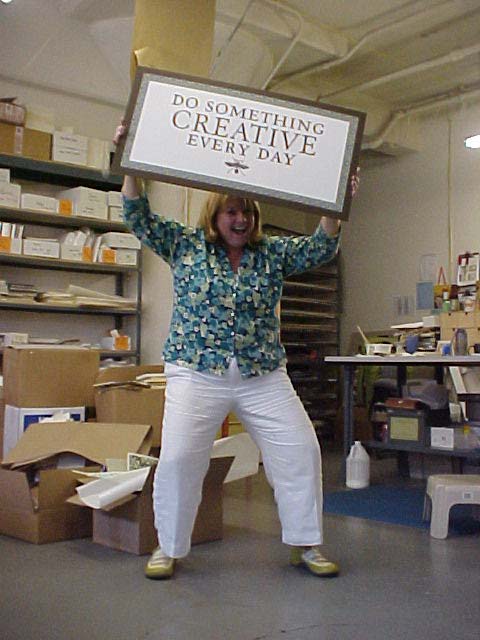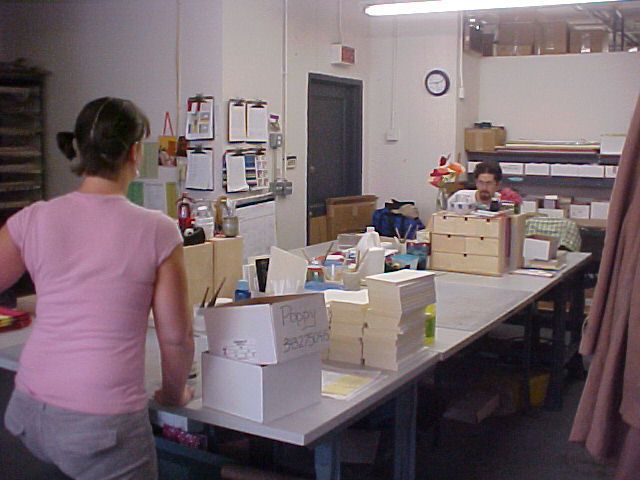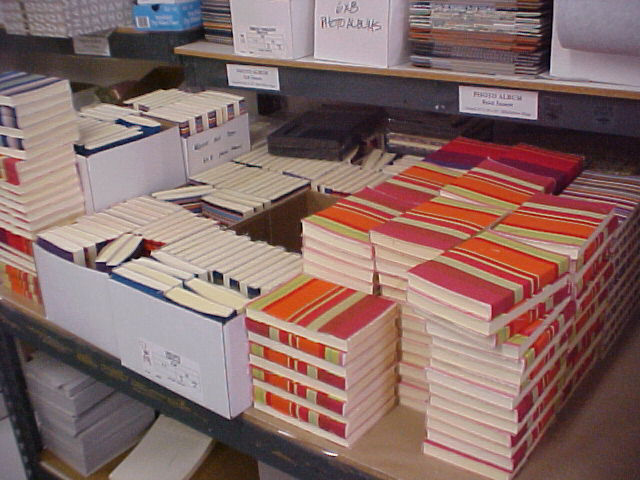My workshops for the summer session at SFCB are live today! Visit my Workshops page for specific offerings. I am dialing it down a bit this summer to open space for Dominic Riley and Michael Burke, who were unfortunately prevented from visiting for their usual summer regime during covid shutdowns and later.
One workshop I am really excited about is an expanded Decorated Edge. It had always felt a little tight to teach sprinkling, graphite edges, stencilling on edges *and* gilded edges in one day, so now I have added suminagashi marbled edges and expanded the class to two days. This way, students can get practice decorating several book edges of each type, and may even have the time to try gauffering, a technique which employs decorative finishing tools to further adorn a gilded or graphite edge.
Something exciting to me about this class is being able to teach ploughing. I’m really no bookbinding historian, but ploughing seems to me to be an inherently bookbinderly thing to do. Guillotines will also clean up a book’s edge nicely if you know how to use them. But I think of guillotines as being more properly the domain of the printer’s trade, since they facilitate chopping large stacks of flat paper into manageable amounts for being printed. Ploughs accomodate smaller sizes that represent folded and sewn books. They are also aligned to bring the edge of the book to your attention. Since the edge is horizontal on a plough, the plough allows the binder to look at it as one would a blank piece of paper to draw on. And I do draw on my edges at times! Here is an example of some meandering gibberish scribbling I did for one book. The head edge was drawn out with frisket, then painted over with ink in one stroke. The foredge was treated with a light coat of graphite, then the drawing was done on the foredge with graphite.

This obviously would not be possible with a guillotine. I also like that many historical illustrations of binderies show someone ploughing… and don’t even get me started about ploughing in boards! We do this in my Quarter Leather binding class and it is soooo satisfying. Here’s a video of SFCB’s Exhibitions and Events manager (and bookbinding student and aficionado) Jennie Hinchcliff in the Quarter Leather class, taking a fancy to ploughing.
Ploughing is also ideal for edge gilding because the plough blade burnishes the edge as it passes over it, making the edge smooth and compressed. So, in the Deco Edge class, students will learn how to use the plough.
Last year, I taught a workshop on zoom for the Lone Star chapter of the Guild of Book Workers exclusively on suminagashi edge decoration. It was a hoot! Thanks to all who attended. After that experience, I thought it would be nice to add edge marbling to the Decorated Edge class. I enjoy suminagashi marbling very much, as it enables me to pay closer attention to my intuition. Rather than imposing a regularity to the design as is more common with western marbling styles, suminagashi is truly a picture of a moment. Does this mark me as a flaneur? Well, so be it.
Workshops I’ve taken:
Sol Rebora’s Can-Can Binding and Michael Burke’s Roman Wax Tablet
Perhaps affirming that cloud-like, adventurous aspect of my personality, I got to take a couple of great workshops last year. One was taught by Sol Rebora, and the other was taught by Michael Burke. Sol’s class was on a binding she calls the Can-Can, because she first developed it when working on a book about a dancer who danced the Can-Can! Ha. I love Sol’s binding styles because they are heavily influenced by her teacher Sun Evrard, a conservator and bookbinder. Evrard has developed many versatile binding styles that can be adapted to purposes relating to conservation on one hand, or fine binding/design binding on the other. I love the light, airy feel of these structures. They are inherently noninvasive, eschewing the use of heavily backed shoulders and instead relying on flexible spine treatments and open joints, and the Can Can binding also shares these qualities. This class was also amazing in that I was able to observe Sol’s working methods, which are of the utmost precision. She uses materials in a slightly different way as well, laminating kozo paper to thin airplane cotton for a strong, flexible spine. She encouraged us to try several different thicknesses of each in order to achieve the perfect weight material for the project being worked on. This is a constant issue for me, especially as the number of paper suppliers in the US and worldwide continually dwindles. The books I am working on are all different, yet the new materials available to use are so limited. When a new material introduced into a repair is not a good match, it is noticeable, and can sometimes wreak havoc for the repair.
Sol’s husband, Juan Grosso, makes tools such as straight edges, rulers, triangles and squares. Sol showed how she uses two different tools together to ensure her work is straight and square. The author may have found herself going home with one or two of these and is finding them most useful.

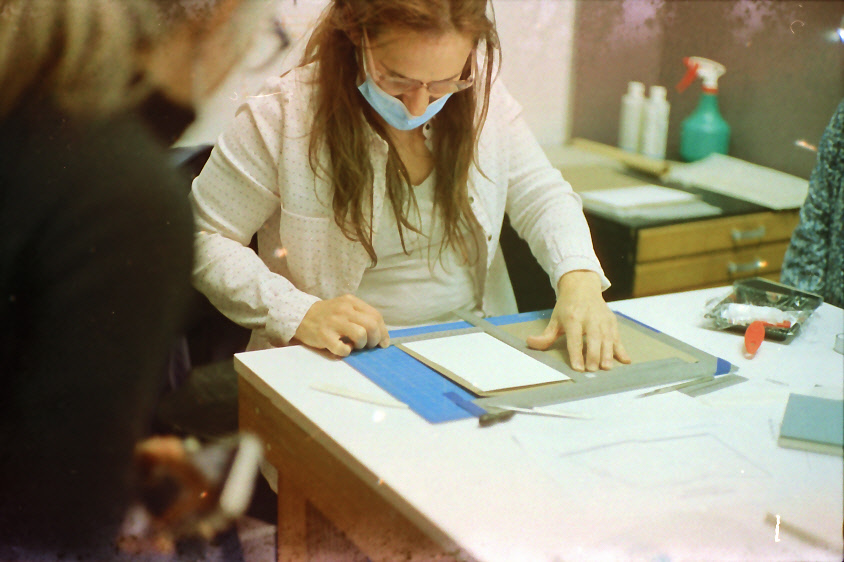
For whatever reason, I thought it was a great idea to shoot this sole record I have of this class on film! I think I was using a slightly experimental set of developing chemicals so please forgive the defects. I’m kind of surprised they came out at all since I rarely shoot film indoors… so there ya go. Anyway, this was a great workshop, and I used the structure to bind my annual ‘braindump’ journal, just for practice. It’s an ideal structure for a journal since the binding is very responsive and friendly in the hand.

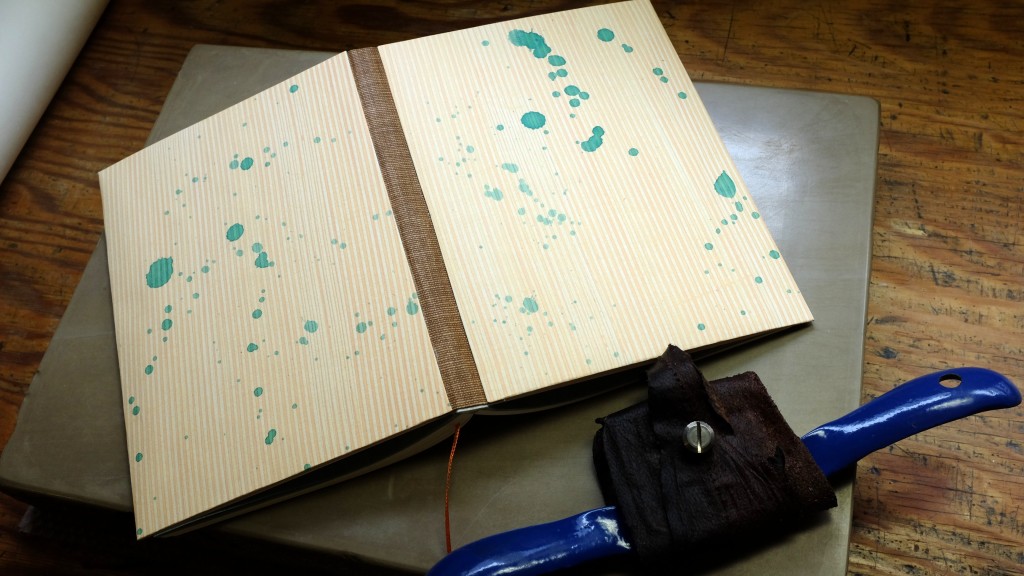
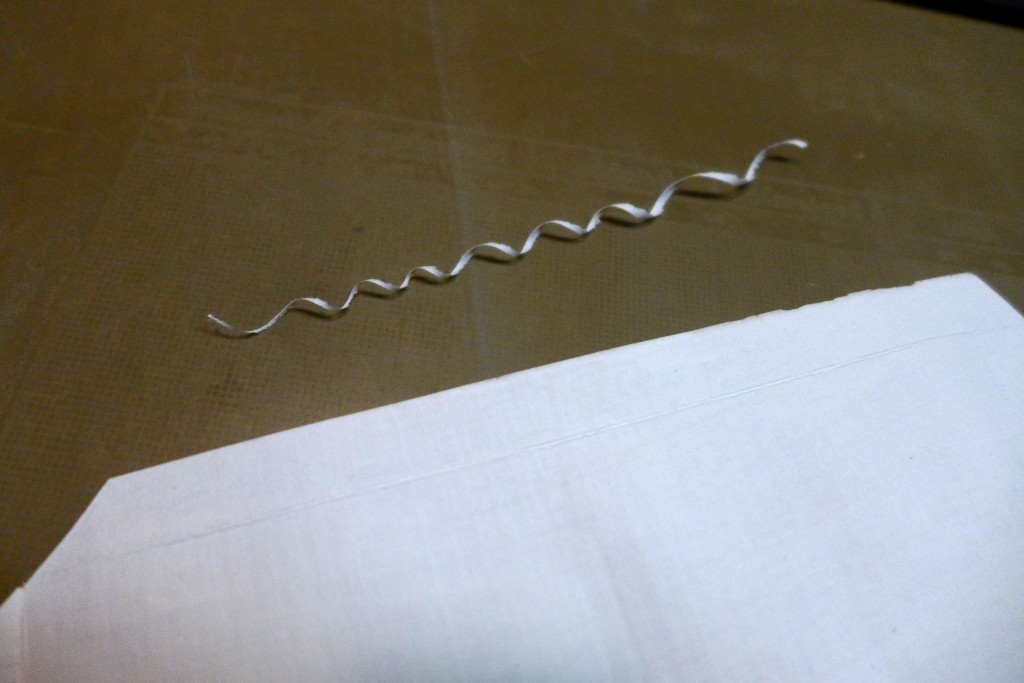
The other class I took last year was with Michael Burke: the Roman Wax tablet. Like Sol’s class, this was a two-day class, and also like Sol, Michael is charming and entertaining, and enjoyable to spend two days with. My primary interest in taking the class was to get more experience doing woodworking in bookbinding projects, since I love making historical models with wooden boards. With Roman Wax Tablets, there is no paper involved–each page is a wooden panel, so it was an ideal way for me to get more comfortable working with wood as a bookbinding medium.
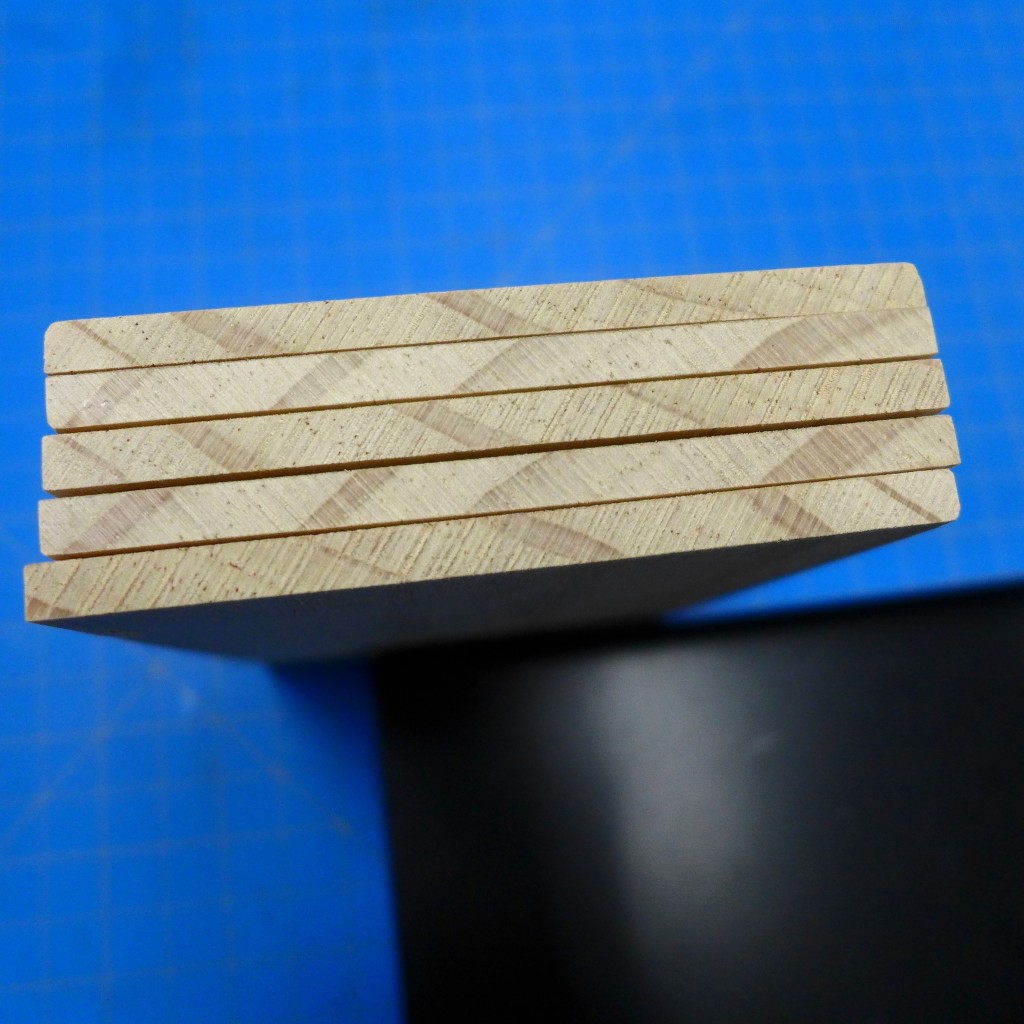
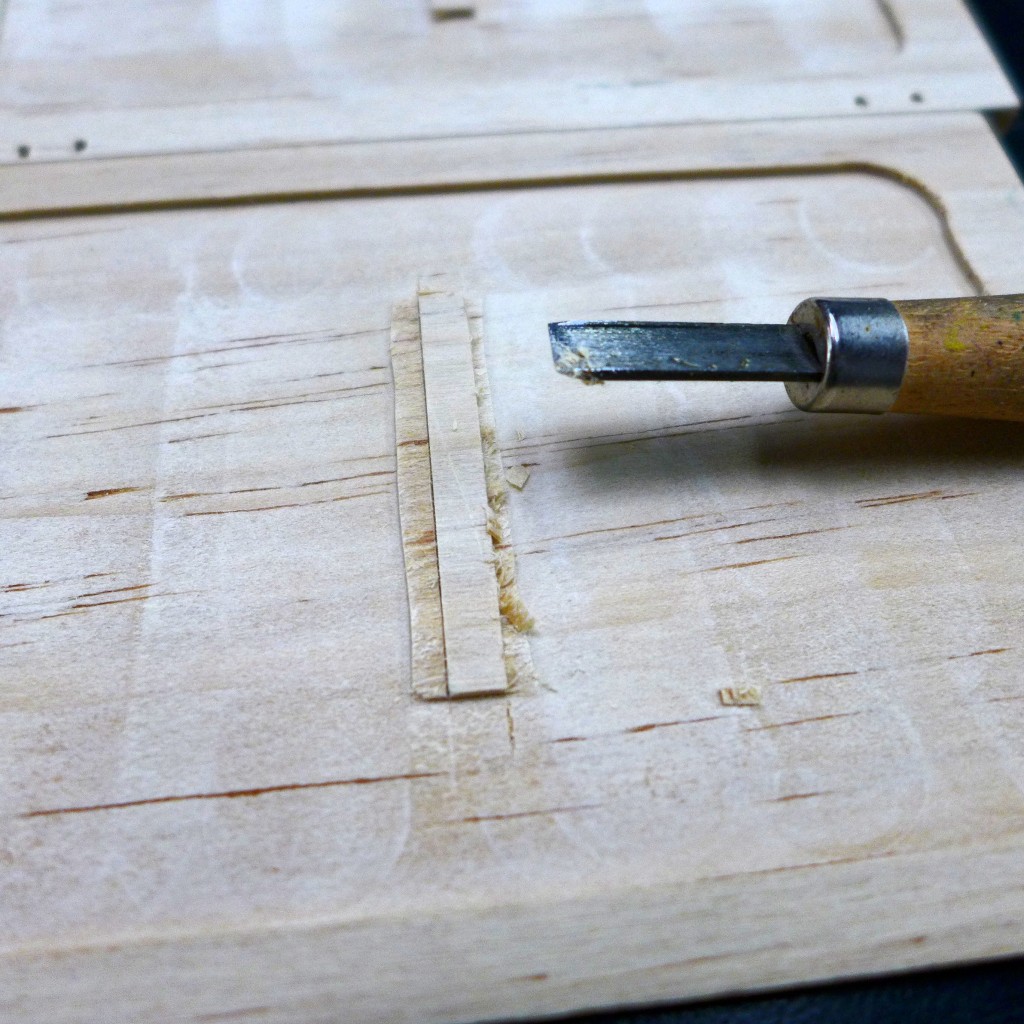
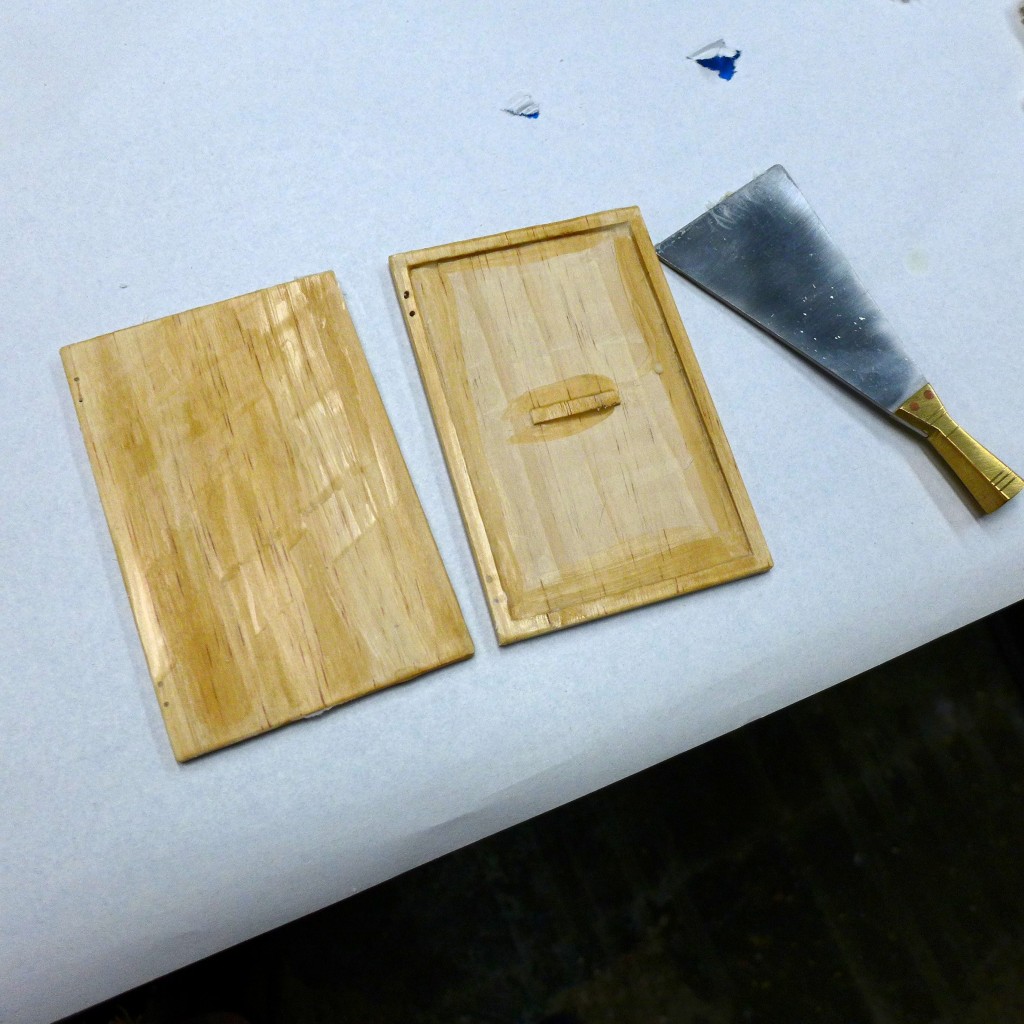
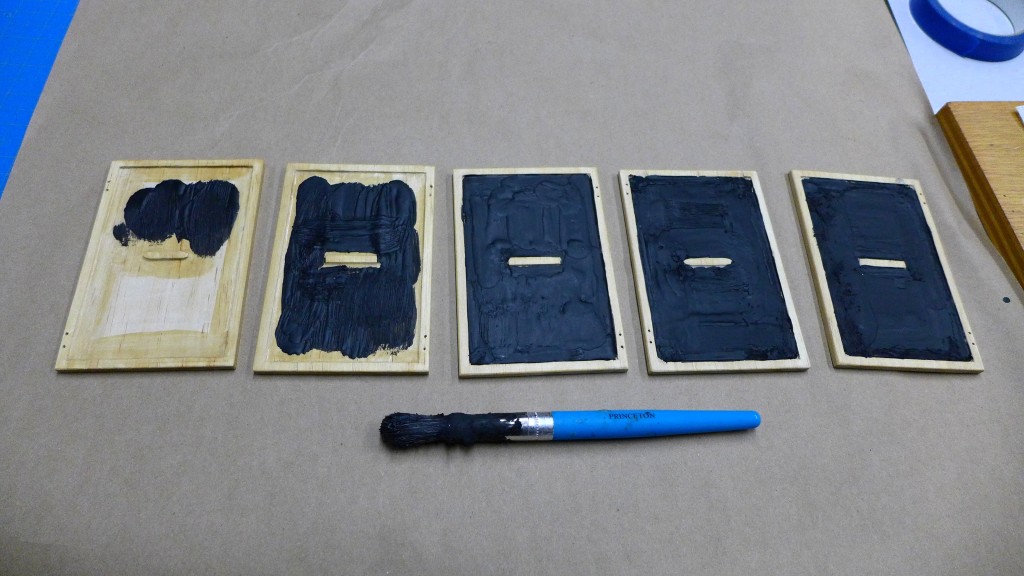

Okay, well, that is it for today! Sorry for the double elephant folio sized post. See you next time and in the meantime, happy binding!


